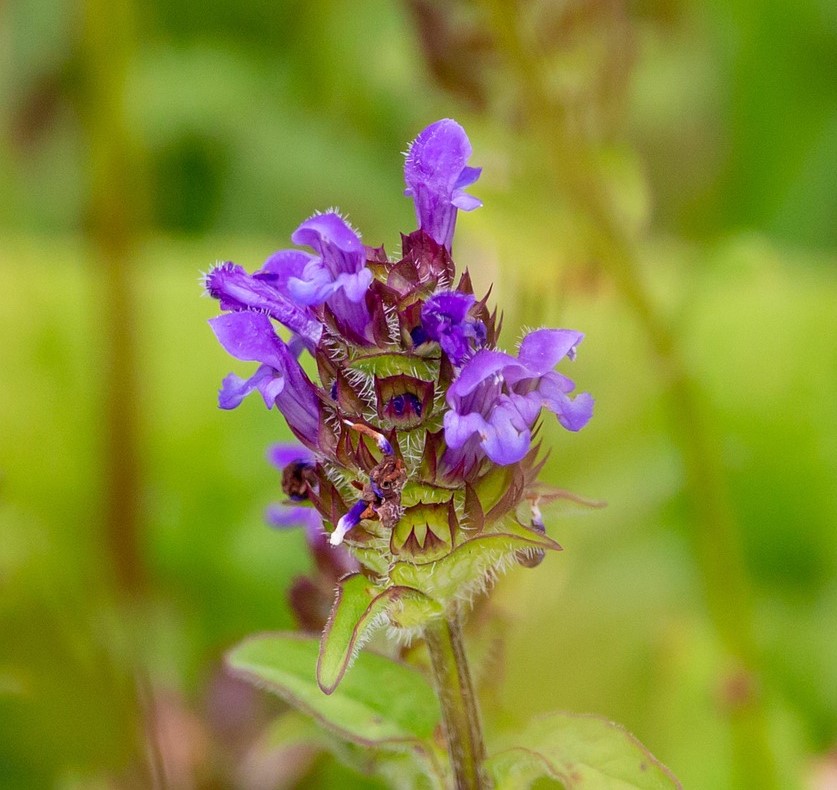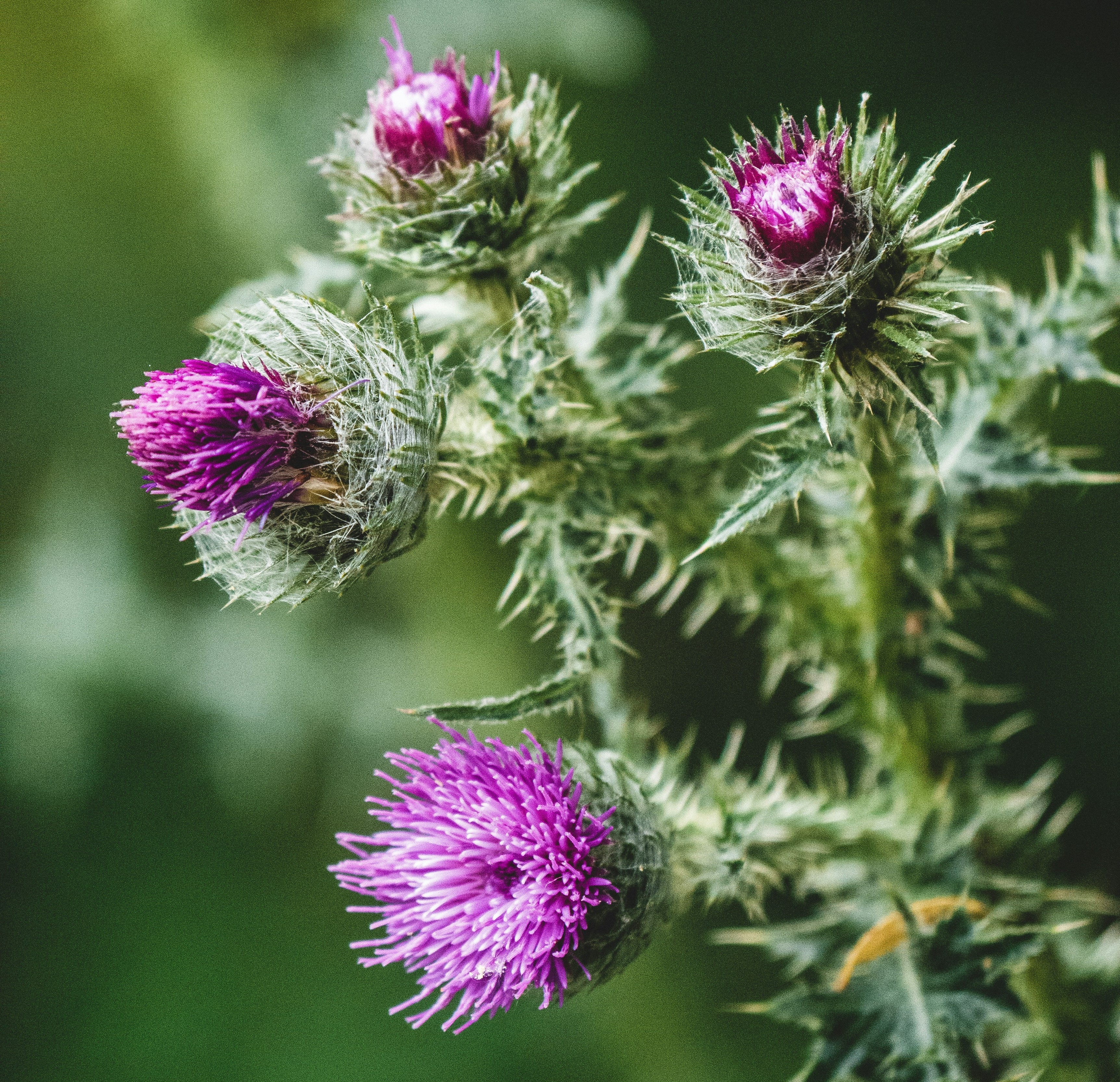Common Weeds with Pink or Purple Flowers: Lawn Care Tips
25 March 2025
Pink and purple flowering weeds might look attractive at first glance, but many are invasive, persistent, and quick to spread across lawns. From low-growing purple weeds like Selfheal to deep-rooted invaders like Creeping Thistle, these plants can quickly smother healthy grass if left untreated. In this guide, we’ll help you identify the most common pink and purple flowering lawn weeds found in the UK, and explain how to get them under control.
Selfheal (Prunella vulgaris)

Description:
Selheal is a perennial, low-growing weed that is discernable by its dark violet flowers that are cylindrical in shape. It has oval-shaped dark green leaves and short stems.
Season:
This flowering season for selfheal is summer through to autumn, from June until November.
Growth Habits:
Selfheal reproduces through self-seeding. Selfheal can thrive even in poor-quality soils, making it a common sight in lawns across the UK.
Common lawn issues:
Selfheal is a low-growing weed which means it will survive short mows. If your lawn has large numbers of selfheal growing in it, removing it manually will be too difficult to control the weed completely.
Control:
Selective weed control, which is a part of both our Early Season Treatment and Mid-Season Treatment, can help to tackle selfheal.
Creeping Thistle (Cirsium Arvense)

Description:
Creeping thistle is most recognisable through its bright, purple flower heads and its fur-like seedheads. Its leaves are long with spires along its edges.
Season:
Creeping thistle flowers during summer to early autumn, from June to September.
Growth Habits:
Creeping thistle has a deep taproot system of lateral roots meaning it can quickly anchor and establish itself into lawns.
Common lawn issues:
Creeping thistles can smother lawn grasses and outcompete them for essential nutrients. Their fluffy seed head contains hundreds of seedlings that are dispersed by the wind, meaning that creeping thistle can quickly proliferate across lawns. Additionally, digging up creeping thistle to remove can be challenging due to the regenerative nature of its roots when they are broken up.
Control:
Deadheading creeping thistles is important to prevent it from dispersing its seeds and spreading.
Selective weed control, which is a part of both our Early Season Treatment and Mid-Season Treatment, can help to tackle selfheal.
Need help identifying other weeds by flower colour?
White-flowered lawn weeds like daisies, yarrow and white clover can be just as invasive as yellow-flowered lawn weeds. Learn more about how these weeds can be identified and controlled.
Bright yellow flowering weeds are often spotted in early spring and summer. This guide helps you identify yellow bloomers like dandelions and creeping buttercup, and offers tips to control them.
Red-flowering weeds are not as common as your white or yellow flowering weeds, however, they can still pop up in your lawn. You can learn more about how to identify these red-flowered weeds and how to control them.
Blue-flowered weeds like germander speedwell can be stubborn and hard to control. Here are some tips on how you can identify and control blue-flowered weeds.
Need Help Controlling Pink or Purple Flowering Weeds?
If your lawn is being overrun by purple or pink-flowered weeds, our expert team is here to help. We offer:
• Selective weed control treatments
• Soil fertilisation to boost lawn health
• Seasonal lawn care programmes tailored to your garden
Contact us today to learn how we can restore your lawn and keep it weed-free all year round
Back to Blog listings